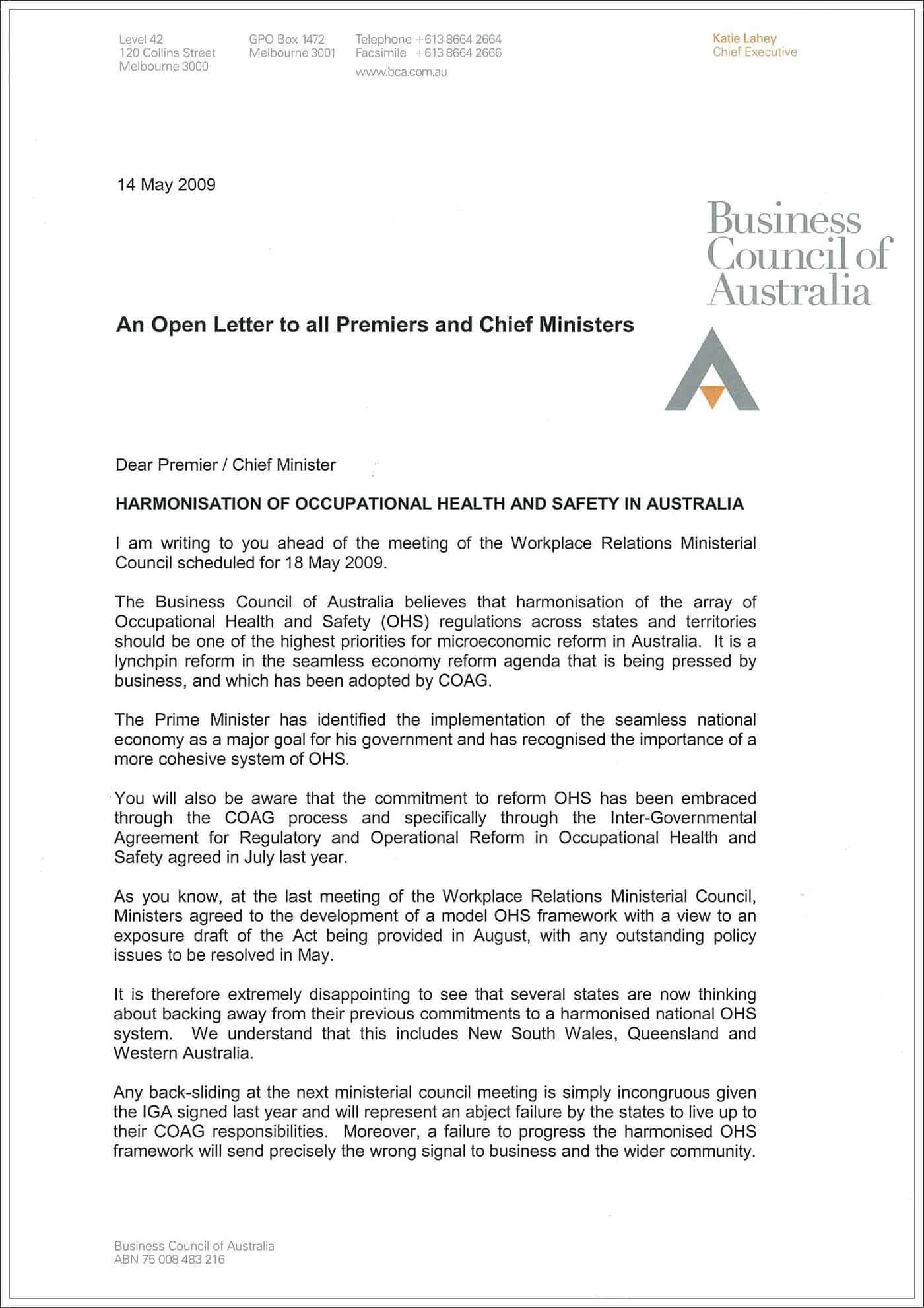One of my colleagues has described her role in a corporation as an “irritant”. She is responsible for quality, environment, risk and OHS – all of those required business elements that companies will avoid or ignore if they could. Her company acknowledges that these elements are necessary and values her role and efforts.
OHS professionals could benefit from realising that in most circumstances, they are not welcome, or rather, their advice is not welcome. OHS is a bitter pill for many companies. But handled well, explained and discussed, OHS can be a substantial agent for positive change.
Sadly, one construction industry unionist in Australia is doing more harm than good. Joe McDonlad is an experienced unionist who is undoubtedly committed to the safety of his members in Western Australia’s construction industry. However, he does not respect the law or due process.
This week, Joe McDonald was fined $10,000 by a Perth Magistrate, Jeremy Packington, for unlawfully entering three building sites in 2007. McDonald’s actions generated considerable political discussion at the time, mainly because his actions occurred during an election campaign.
Safety improvements can be achieved without confrontation and insults. A major OHS principle is consultation. McDonald is a safety-focused trade unionist who may succeed in his aims to improve safety for his members. But the manner in which he conducts his services is causing widespread damage to the cause of OHS in the general community, employers’ perceptions of OHS and the trade union movement in general.
Sometimes the bigger picture is important.
An audio report and a video report of Joe’s action on the construction site and his thoughts on safety are available online.


